March 4, 2012
Boggy Creek Movies Poster Artist Dies

Ralph McQuarrie (above), the artist who created the posters that captured the essence of The Legend of Boggy Creek and fostered the creation of the Fouke Monster phenomena, went on to become famous for his conceptual paintings for the Star Wars films. He died on Saturday, March 3, 2012, at age 82.
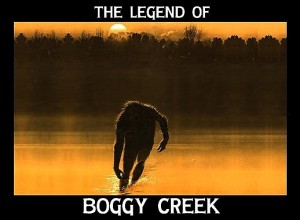
McQuarrie painted the movie posters for The Legend of Boggy Creek, Boggy Creek II and Creature From Black Lake.
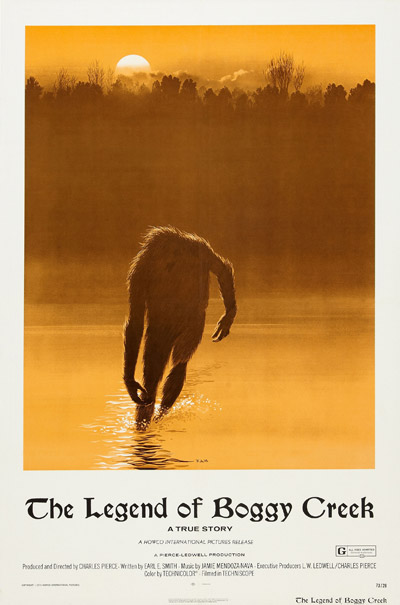

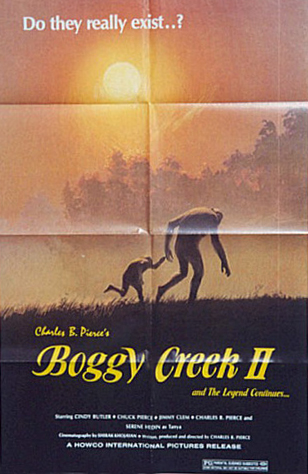
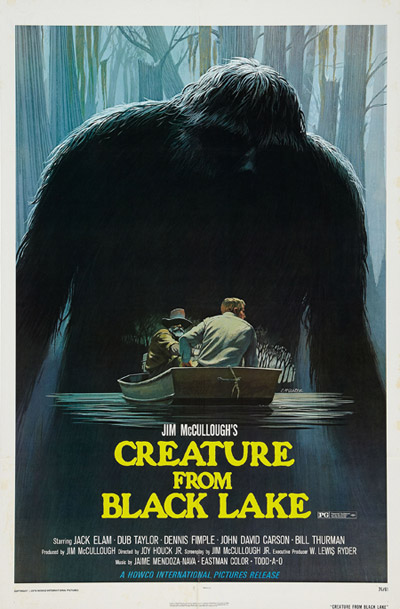
McQuarrie’s website even used his painting of the Fouke Monster and its young (from Boggy Creek II) for the header showing his art.

In response to his death, a relative sent in this comment: The8TMachine says, “Ralph did my father-in-law’s first movie, Charles B. Pierce’s The Legend of Boggy Creek. Now don’t get me wrong because I love my father-in-law, but, the poster was way better than the movie.”

Lyle Blackburn, author The Beast of Boggy Creek: The True Story of the Fouke Monster (NY: Anomalist Books, 2012), interviewed Ralph McQuarrie for his new book. Those interviews are to be found in Blackburn’s work that was just published, by coincidence, on March 1, 2012. The influence of McQuarrie’s posters live on in Blackburn’s book cover art and decades of other imagery linked to the Fouke Monsters.
A commercial artist and designer whose career involved aerospace industry jobs, leading to, for example, his creating animations of Apollo space flights for CBS News, Ralph McQuarrie painted the concept art that was crucial in winning 20th Century Fox’s approval to put George Lucas’ Star Wars in production.
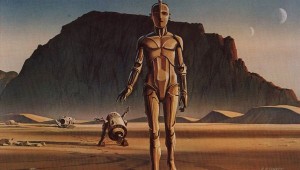
The success of his Star Wars paintings launched a late feature film career for McQuarrie that included helping design such classics as Raiders of the Lost Ark, E.T.: The Extra-terrestrial, Back to the Future, Cocoon, Total Recall, Jurassic Park, and the original TV series Battlestar Galactica.
“I am deeply saddened by the passing of such a visionary artist and such a humble man,” George Lucas said in a statement. “Ralph McQuarrie was the first person I hired to help me envision Star Wars. His genial contribution, in the form of unequaled production paintings, propelled and inspired all of the cast and crew of the original Star Wars trilogy. When words could not convey my ideas, I could always point to one of Ralph’s fabulous illustrations and say, ‘Do it like this.’ In many ways, he was a generous father to a conceptual art revolution that was born of his artwork, and which seized the imaginations of thousands and propelled them into the film industry. In that way, we will all be benefiting from his oeuvre for generations to come. Beyond that, I will always remember him as a kind and patient, and wonderfully talented, friend and collaborator.”
Even after the success of American Graffiti, Lucas could not find a buyer for his script for Star Wars. Science fiction in film was only considered a theme for B-movies.
“George felt that it was the kind of script that people weren’t very impressed with,” McQuarrie told Cinefantastique magazine in 1978. “The idea seemed kind of funky. He envisioned the picture as a real visual experience, much more so than a story. It wasn’t true science fiction. George called it a science fantasy, and even the fantasy aspect was non-traditional.”
Lucas provided McQuarrie with comic book illustrations and other source material, but McQuarrie contribution was to make the alien worlds, species, spaceships and costumes tactile. He created the look of robots and light sabers, (C-3PO was inspired in part by the robot of “Metropolis”), stormtroopers and Darth Vader, the Death Star and TIE-Fighter dogfights, and other crucial elements.
“I wanted to make these paintings as close to what would be on the screen as possible,” McQuarrie told Cinefantastique. “That was a product of, or a result of our wish to make the people at Fox feel that we had a picture that was going to have a quality image, one that wasn’t going to be trashy science fiction . . . It was going to be a real polished product.”
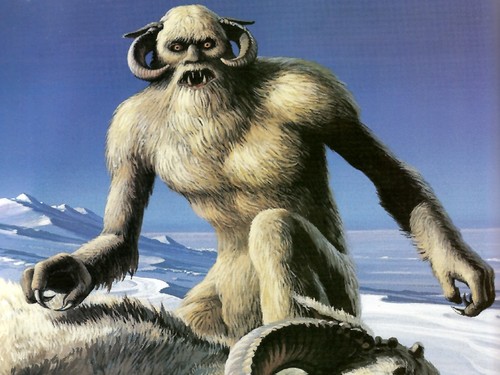
McQuarrie’s nearly two-dozen illustrations proved crucial in getting the backing of 20th Century Fox to go into production, though there were variations from the final product given the early pre-production stage – the fact, for example, that Luke Skywalker is depicted as a girl. (Above is McQuarrie’s concept drawing of a Wampus.)
“Fox thought there should be some romantic interest – I think this is why George made Luke a girl,” McQuarrie recalled. “Then Han Solo would be the robust hero and we could have a little tension between the two characters. That was okay, but at some point George decided to make Luke a boy again and bring in the Princess as a third character.”
(The announcement of his death was made on Ralph McQuarrie’s official website. Summaries of quotations from Lucas and McQuarrie above are sourced from here.)

http://www.youtube.com/watch?feature=player_embedded&v=zzOkreg-LcY#!
 About Loren Coleman
About Loren Coleman
Loren Coleman is one of the world’s leading cryptozoologists, some say “the” leading living cryptozoologist. Certainly, he is acknowledged as the current living American researcher and writer who has most popularized cryptozoology in the late 20th and early 21st centuries.
Starting his fieldwork and investigations in 1960, after traveling and trekking extensively in pursuit of cryptozoological mysteries, Coleman began writing to share his experiences in 1969. An honorary member of Ivan T. Sanderson’s Society for the Investigation of the Unexplained in the 1970s, Coleman has been bestowed with similar honorary memberships of the North Idaho College Cryptozoology Club in 1983, and in subsequent years, that of the British Columbia Scientific Cryptozoology Club, CryptoSafari International, and other international organizations. He was also a Life Member and Benefactor of the International Society of Cryptozoology (now-defunct).
Loren Coleman’s daily blog, as a member of the Cryptomundo Team, served as an ongoing avenue of communication for the ever-growing body of cryptozoo news from 2005 through 2013. He returned as an infrequent contributor beginning Halloween week of 2015.
Coleman is the founder in 2003, and current director of the International Cryptozoology Museum in Portland, Maine.
Email • Facebook • Twitter •
Filed under Books, Breaking News, Cryptomundo Exclusive, CryptoZoo News, Movie Monsters, Obituaries, Swamp Monsters











